The Role of Color in Emotional Well-being
Chosen theme: The Role of Color in Emotional Well-being. Step into a world where hue, light, and personal meaning shape how we feel, heal, and connect. We’ll blend science, lived stories, and hands-on ideas to help you use color as a gentle daily ally. Read, try an experiment, and tell us which shade brightened your day—then subscribe for weekly color-led rituals and research-backed insights.
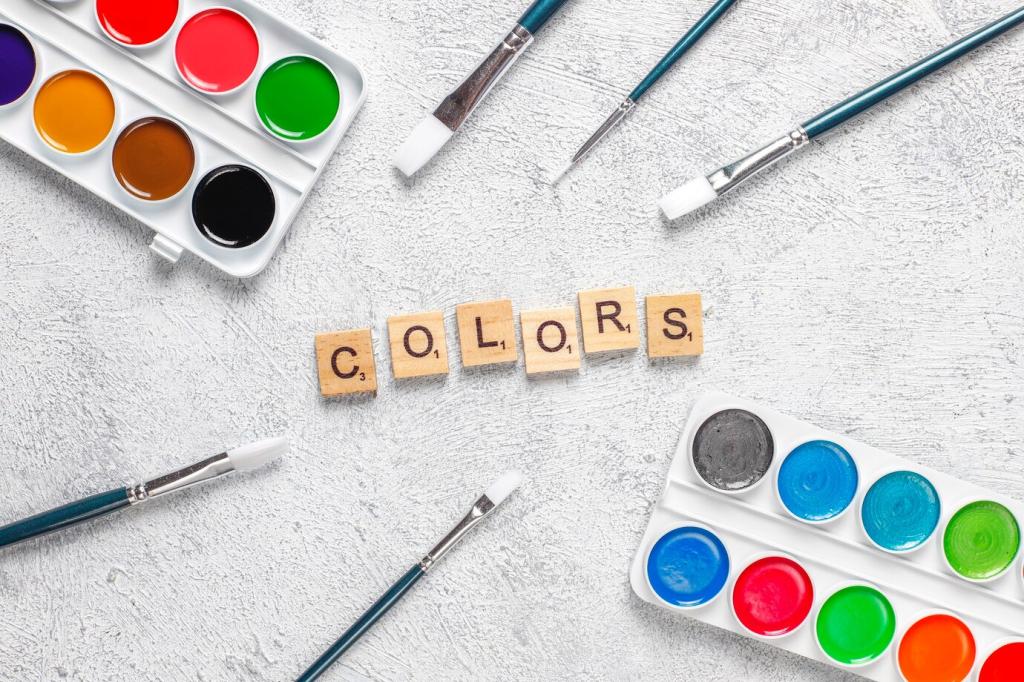
How Color Shapes Our Emotional Well-being
From wavelengths to heartbeats
Our eyes translate wavelengths into signals that ripple through the nervous system, subtly steering arousal and calm. Reds can quicken pulse and alertness; greens and soft blues often steady breathing and invite restoration. My college studio switched from stark white to misty teal, and critiques felt less combative, more thoughtful. Notice your body’s micro-reactions today, and share in the comments what hue softened your shoulders or brightened your focus.
Beyond clichés: evidence and nuance
Color psychology isn’t magic, nor is it mere myth. Context, culture, and personal history shape your response, yet patterns recur across studies. Cooler tones support sustained attention; warm accents can boost energy and sociability. Placebo plays a role, but expectancy itself can be harnessed for good. Try a one-week color diary, then tell us whether your experience matched—or defied—the headlines. Your notes could guide our next experiment, so subscribe to follow along.
Light temperature and circadian support
Color’s cousin, light temperature, matters for mood and sleep. Bright, cooler light mimics morning skies and gently signals alertness; warmer light in evenings protects melatonin and emotional steadiness. In winter, swapping harsh bulbs for full-spectrum daylight helped one reader curb afternoon slumps. Test your lamps after sunset, observe how you feel, and report back. If you find a winning evening glow, share the bulb model below and join our newsletter for deeper sleep-hygiene guides.
Designing a Home Palette for Calm, Focus, and Joy
Start with quiet backdrops: soft sage, muted blue-gray, warm greige, or creamy off-white. These hues absorb visual noise and make morning routines feel less frantic. When my grandmother repainted her tiny kitchen a buttery white, breakfasts slowed down—tea tasted kinder. Test two swatches on a single wall and watch them across daylight. Post your photo comparisons and tell us which one calmed your shoulders most.
Designing a Home Palette for Calm, Focus, and Joy
Think small, deliberate moments: a coral throw on a charcoal sofa, a mustard print near your desk, a trail of green from plants. Accents are emotional punctuation; they energize without shouting. Rotate them seasonally to sync with your needs. What accent has saved a dreary corner in your home? Drop a snapshot and describe the mood shift. Want quarterly accent prompts? Subscribe for palette refresh checklists.

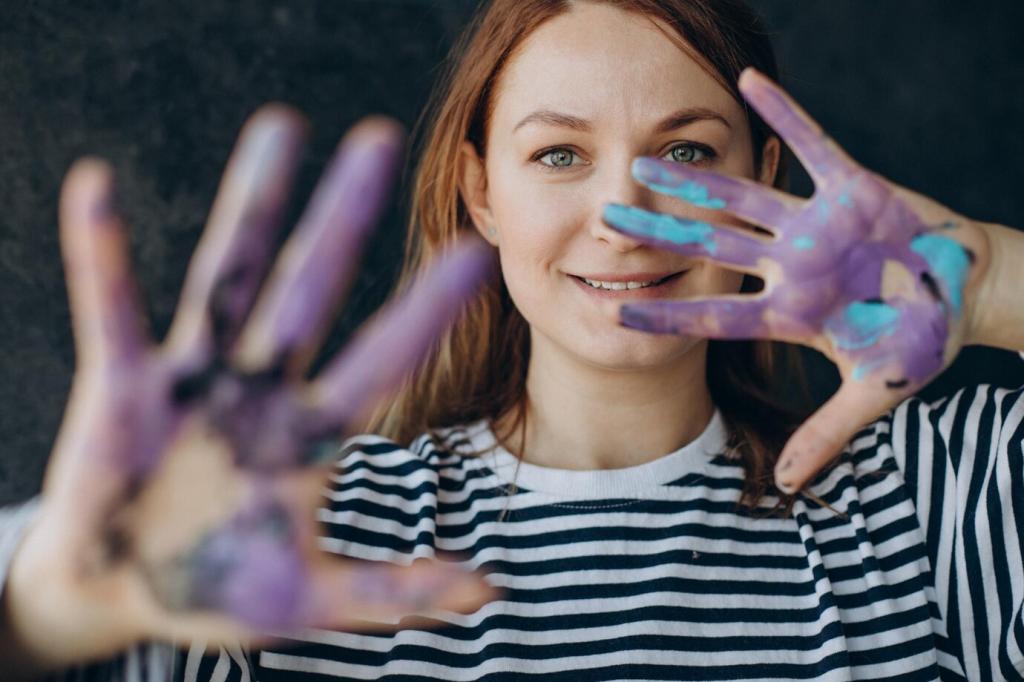
Color at Work: Productivity, Collaboration, and Recovery
For focused tasks, lean on cooler, lower-saturation hues. A slate-blue desk mat or muted green wall can reduce visual chatter and invite sustained flow. I swapped a glossy black monitor frame for matte navy and cut afternoon fidgeting noticeably. Try one shift in your view field—mousepad, notebook, or wallpaper—then log focus minutes. Comment with your results, and we’ll compile reader data into a community guide.
Color at Work: Productivity, Collaboration, and Recovery
Creative huddles benefit from warmth—terracotta mugs, honeyed wood, a print with gold or ember tones. These cues can soften edges and invite open exchange without blurring boundaries. If a meeting room feels icy, experiment with a single warm centerpiece. Did conversation loosen? Tell us. We’ll feature your story in our next issue, so subscribe and send a snapshot of your collaborative corner.
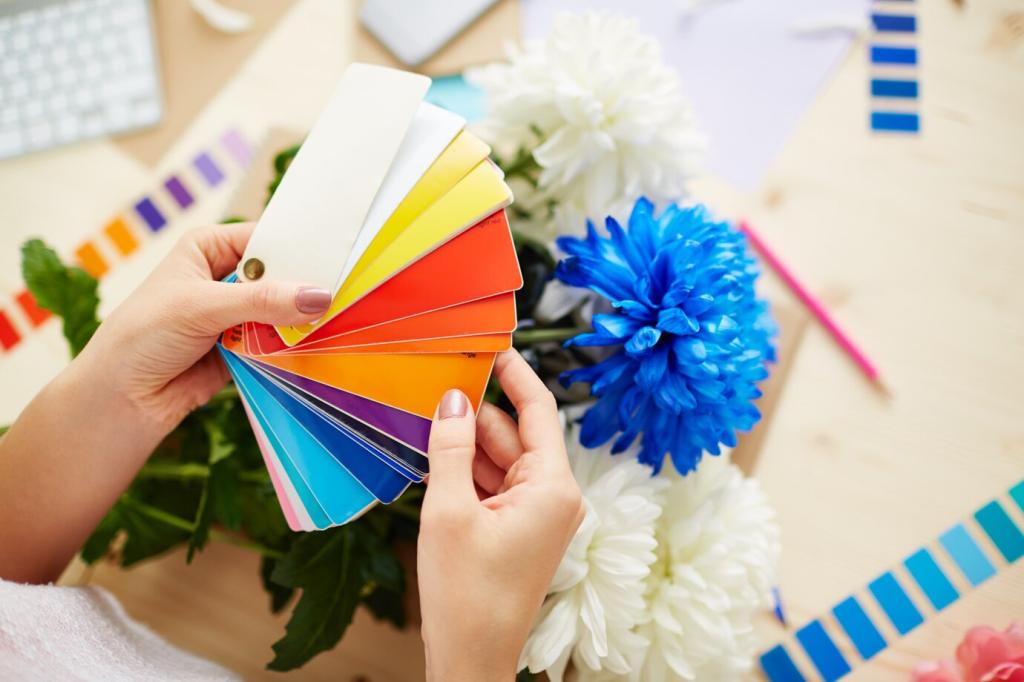
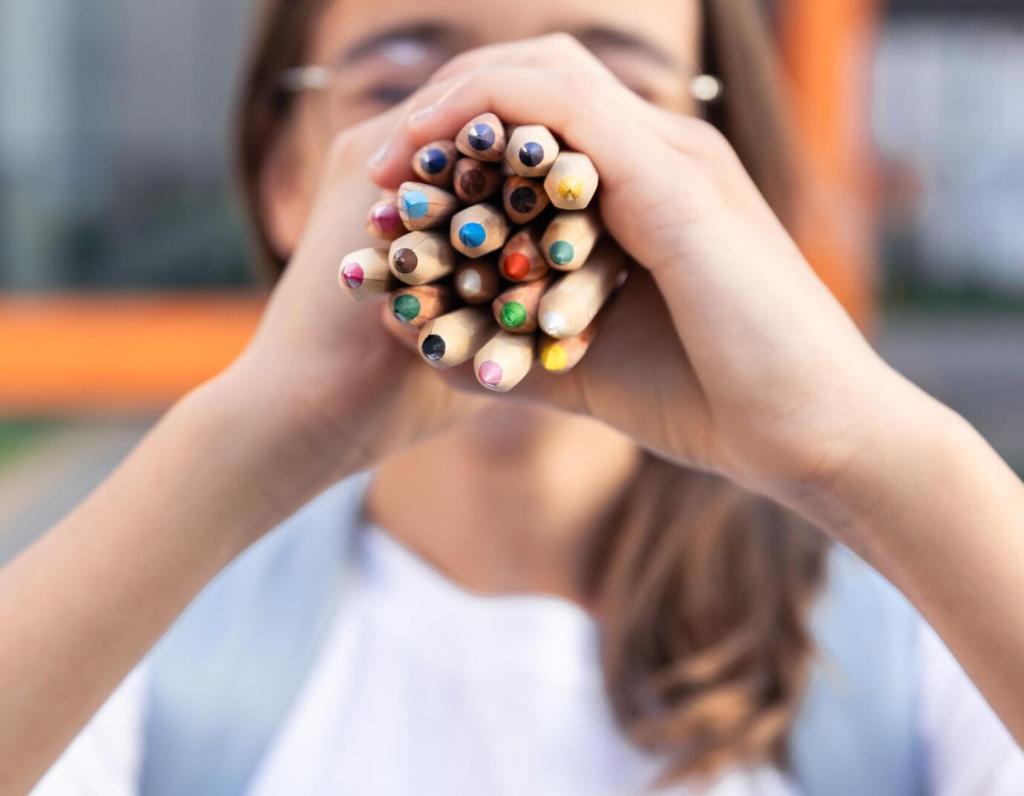
Clothing Color as Daily Self-care
Before choosing clothes, pause: What do I need emotionally? Stability, play, tenderness, or boldness? Pick colors that meet the need, not the trend. On anxious days, I reach for mid-tone blue and my breath slows by the doorstep. Keep a mirror note reminding you to choose by feeling. Report your favorite steadying outfit below, and subscribe to receive a printable check-in card.
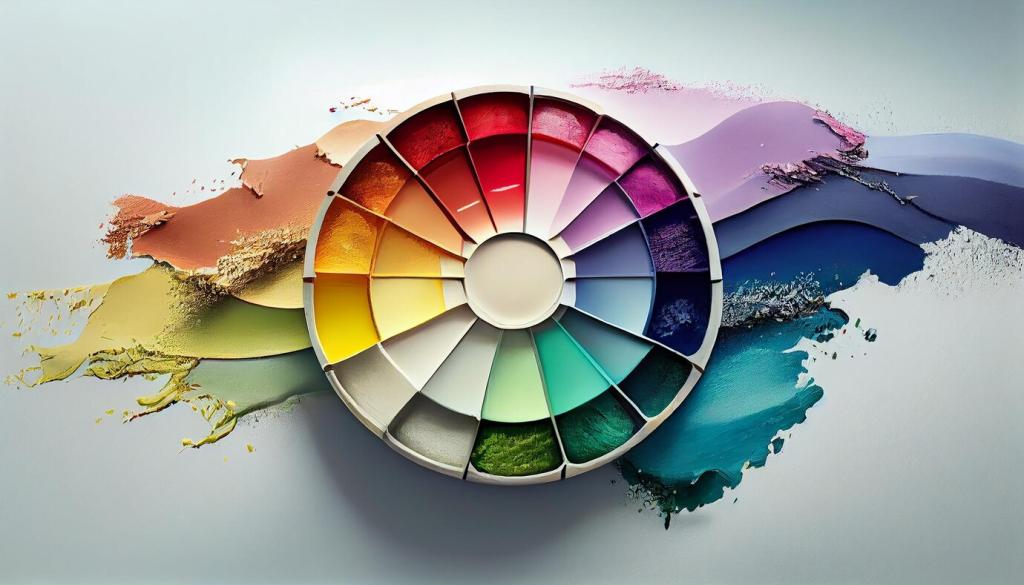

Clothing Color as Daily Self-care
There is medicine in simplicity: oatmeal, taupe, soft charcoal, and warm ivory. Neutrals make space for your inner voice and protect against sensory overload. Pair textures—wool, linen, knit—to keep comfort tactile. If you’ve ever survived a tough week in the same gentle sweater, you know the power of quiet color. Share your cozy anchor piece and why it helps; we may spotlight your story.
Culture, Memory, and Your Unique Color Story
White may signal purity in one place and mourning in another; red might mean love, luck, or warning. These layers matter when designing for diverse audiences and when interpreting your own reactions. Ask elders how colors were used in ceremonies, kitchens, and classrooms. Post a cultural color insight in the comments so we can learn from one another and deepen our collective emotional palette.
Culture, Memory, and Your Unique Color Story
A sunflower yellow might be your grandmother’s apron; a navy might recall sea air from a childhood pier. These memories can soothe or sting. Keep what nourishes, retire what scratches. Create a small mood board of memory-colors and write what each gives or takes. Share a photo of your board and one sentence about the strongest association. We’ll compile a gallery to inspire gentle, honest design.
Culture, Memory, and Your Unique Color Story
Invite friends or colleagues to submit a favorite color and the feeling it brings. Plot them on a shared document, then compare overlaps and outliers. You’ll discover group needs—maybe more calm, or more spark—and design accordingly. Post your map screenshots, and if you want a template and step-by-step guide, subscribe and we’ll send a ready-to-use worksheet for your next gathering.
Mindful Practices: Breathing, Journaling, and Play with Color
Close your eyes and imagine inhaling a calming hue—soft teal, dusty rose, or lavender—filling your chest with spaciousness. Exhale a murky gray of stress. Repeat for five cycles, then open your eyes and hold a real object in that calming color. How did your body change? Share your experience and favorite breathing color below, and bookmark this exercise for midday resets.
Digital Color Hygiene for a Softer Screen
Enable night-shift or warm-tone modes two hours before bed to reduce blue-heavy light that delays melatonin. Pair with a lamp that leans amber to help your nervous system downshift. Track your sleep for one week and share results. If you want a quick-start checklist for all devices, subscribe and we’ll email a simple setup guide tonight.
